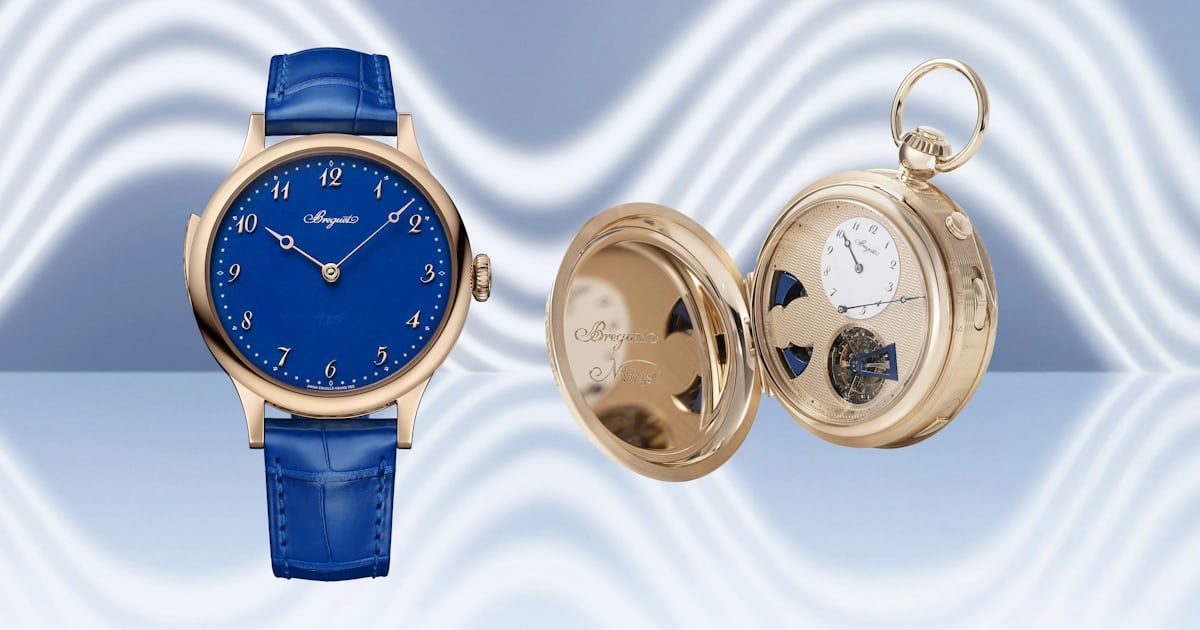Editor’s pick — Accessory quick take: key highlight (movement/specs for watches, materials/finish, limited run, pricing tier) in 1–2 lines.

Swiss watch buyers and industry executives say physical in-store sales will continue to be the preferred way to buy and sell watches, with brands scaling back expectations for growth in online sales as the sector adopts a defensive stance amid significant economic and geopolitical pressures, according to a report by audit and consulting firm Deloitte Switzerland.
About two-thirds of brands and retailers surveyed by Deloitte said they sell less than 10% of their watches online compared to in stores and don’t expect that to grow significantly in the near future. Almost three-quarters (74%) of industry executives expect offline sales to continue to dominate in the next five years. That marks a notable shift from 2023, when 62% expected brick-and-mortar sales to remain the dominant sales channel.

The Deloitte report, more than 50 pages in length and based on industry and economic data as well as surveys of more than one hundred executives and 6,500 consumers, suggests the Swiss watch industry has shifted from expansion mode in the post-pandemic era to one of resilience, consolidation, and defense.
Armed conflicts in the Middle East and Ukraine, U.S. tariffs on Swiss goods, and persistently high input prices for materials, including gold, and a strong Swiss franc are taking a toll on consumer sentiment and margins. Brands are raising prices to counter the higher cost of U.S. tariffs at a time when consumers are increasingly price sensitive, the report says.

The report shows that consumers also continue to prefer in-person experiences when buying watches. More than 60% of watch buyers say they are most likely to buy a watch in a brick-and-mortar store. And the survey suggests that consumers prefer multibrand stores to mono-brand stores, with 38% of consumer respondents saying a multibrand store is their top choice, while 23% say mono-brand stores are preferable.

The report suggests that women consumers definitely prefer watch shopping in multi-brand stores.
“Females like multi-brand stores much more because there are more options,” Karine Szegedi, Managing Partner, Consumer Industry and Luxury and Fashion Lead, at Deloitte Switzerland, said in an interview.
The report also suggests that many industry players, particularly components suppliers, are under significant pressure because of the downturn in demand in some markets, particularly in China, where Swiss watch exports have dropped significantly. But the biggest concern is the current 39% tariff on imported goods from Switzerland to the U.S. that has upended the Swiss watchmaking sector.

”The tariffs have big implications. The US has been the most important export market for Swiss watches since 2021, when it replaced China as number one. Exports to the US hit CHF 4.4 billion in 2024, which represents 16.8% of all Swiss watch exports. The tariffs themselves and uncertainty about what may happen subsequently complicates planning and investment decisions and amplifies the strain on the industry. The blow is not only to the industry but also to Switzerland. Watches account for 9.2% of all Swiss exports, second only to pharmaceuticals,” the Deloitte analysts say in the report.
Parts and components suppliers are already feeling the impact. A striking 74% of suppliers to the watch industry said cutting costs is a top priority in the current market conditions. At the same time, 61% said innovation and creating new products is also a priority.

Watchmakers and brands are also adapting and reacting. The survey shows that 70% of industry respondents have slowed investment in the past twelve months and that 63% have used short-term work schemes in Switzerland that allow manufacturers to furlough workers while avoiding full-time layoffs.

The report notes that the industry has worked together amid the slowdown and that several components makers have been acquired by brands amid the economic pressures, including Incabloc, the shock-absorbing system, which was acquired by a consortium that included Rolex, Patek Philippe, and Richemont.
“The watch industry has been going through numerous cycles of disruption. Now these are more frequent with shorter horizons; requiring enhanced agility,” Cyrille Vigneron, the President of Watches & Wonders Foundation and Watch & Jewellery Initiative 2030 and the former CEO of Cartier, says in the report.
Source: www.hodinkee.com — original article published 2025-10-09 15:00:00.
Read the full story on www.hodinkee.com → [source_url]



